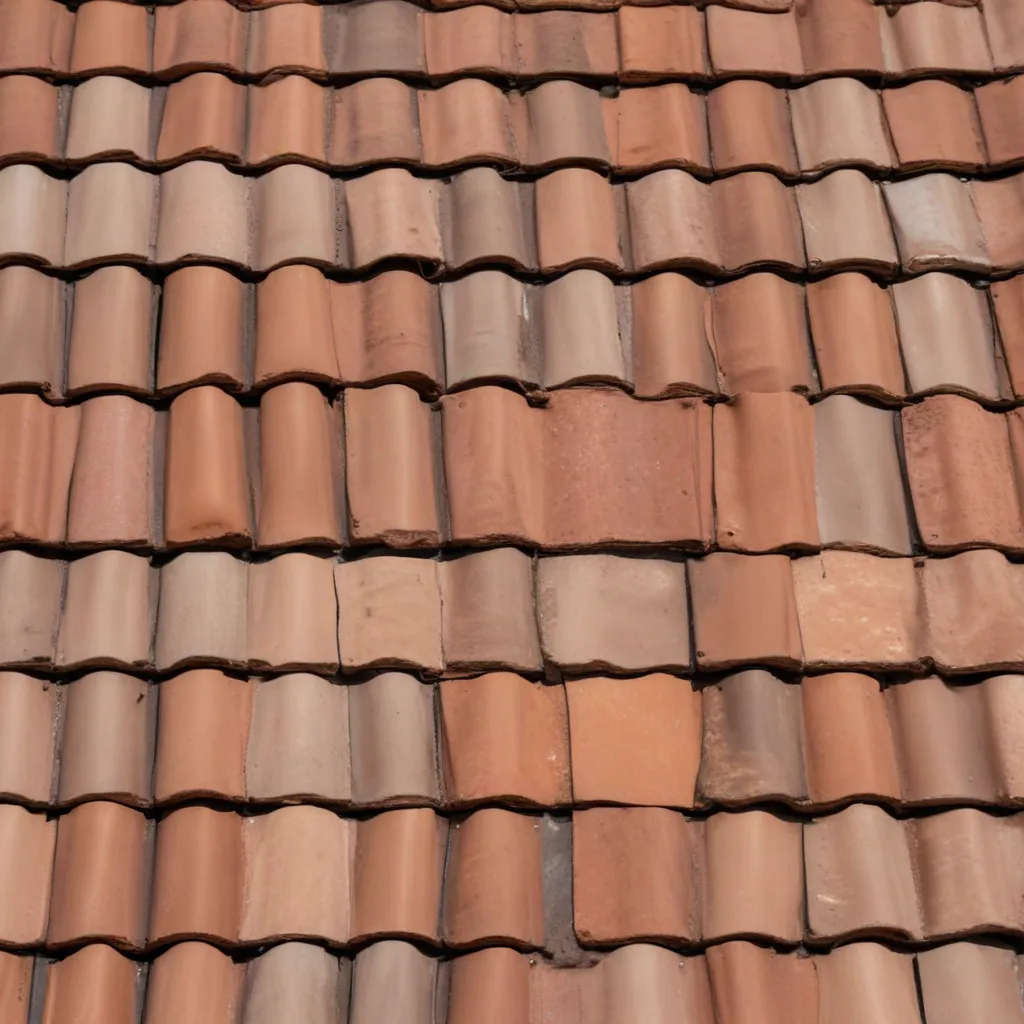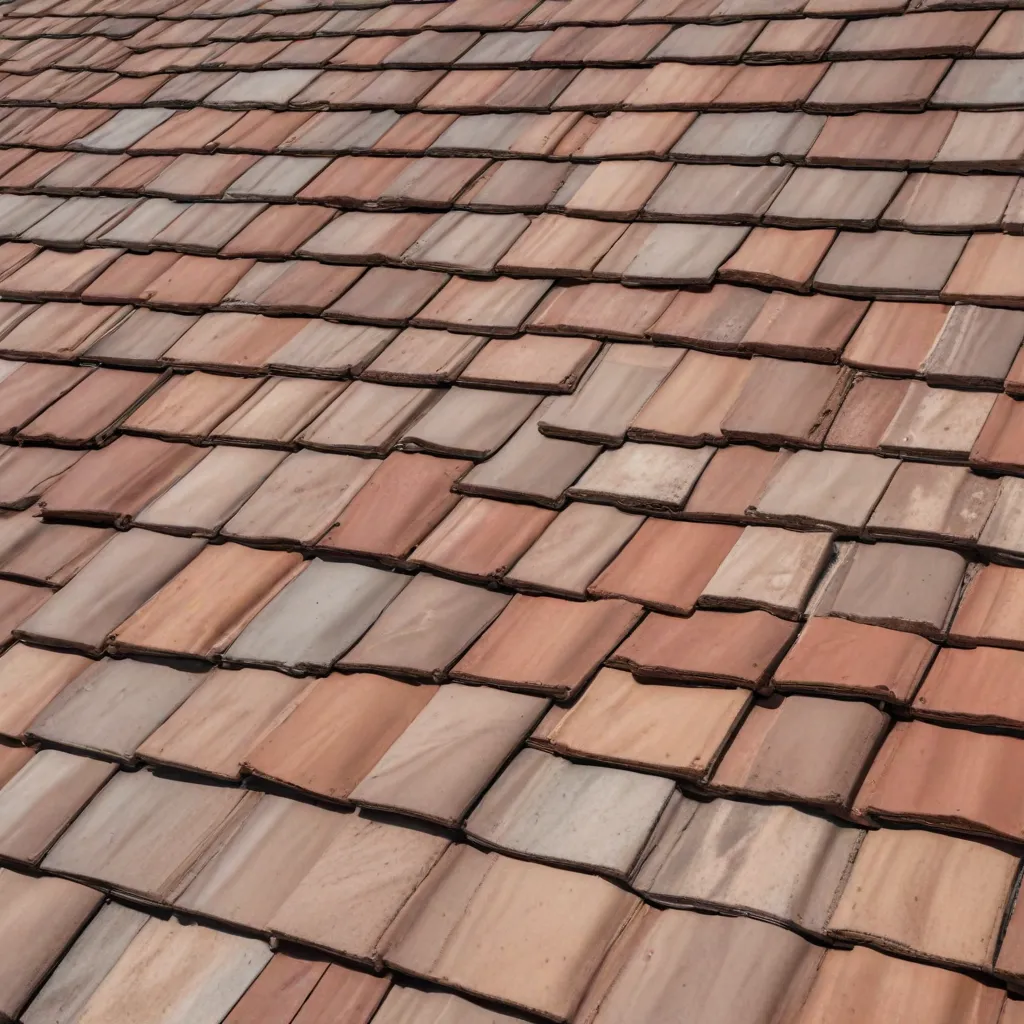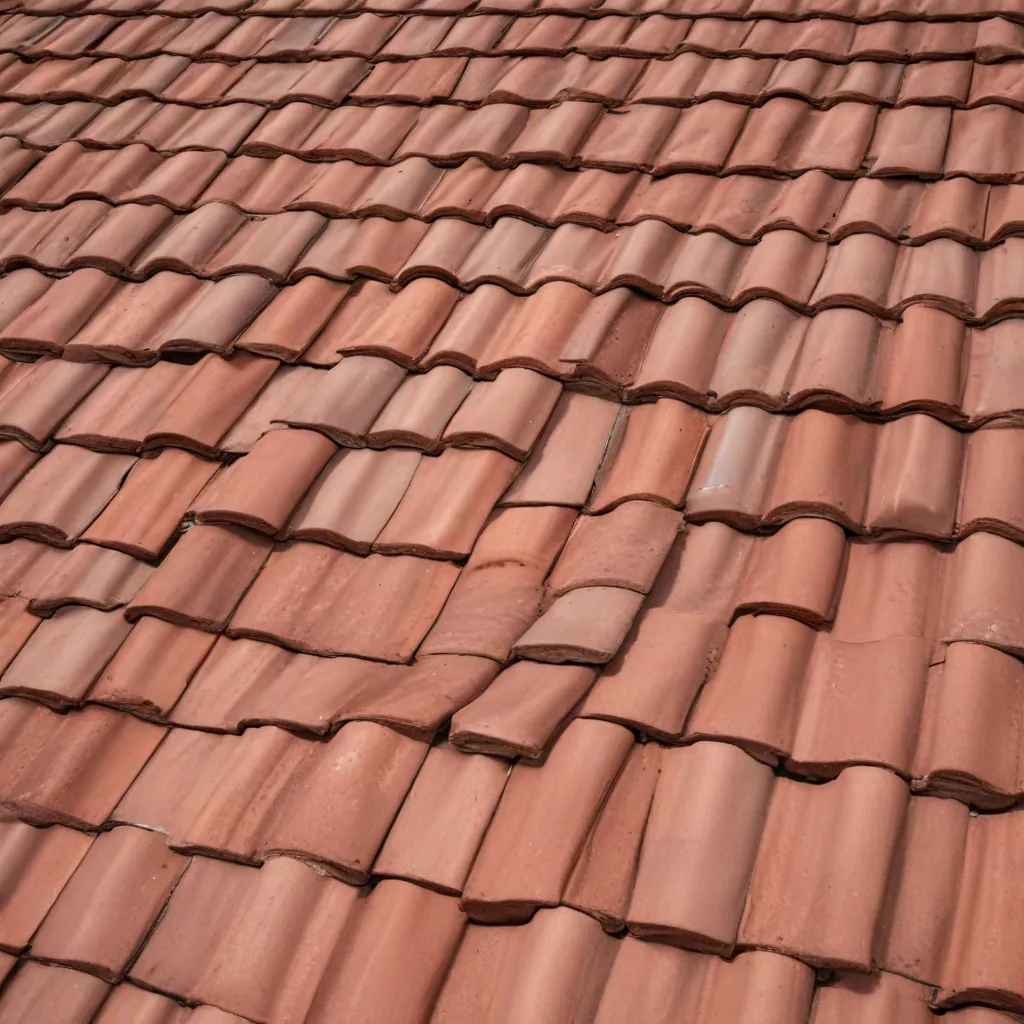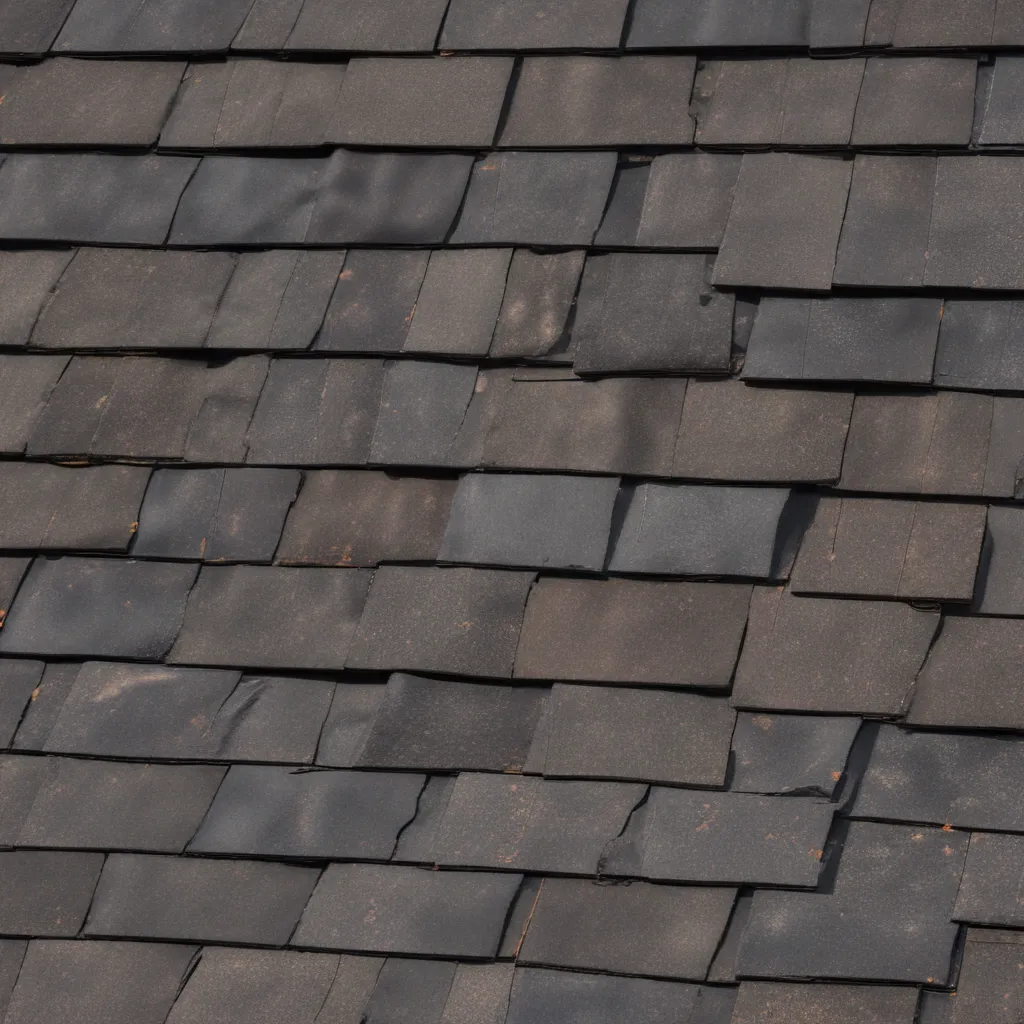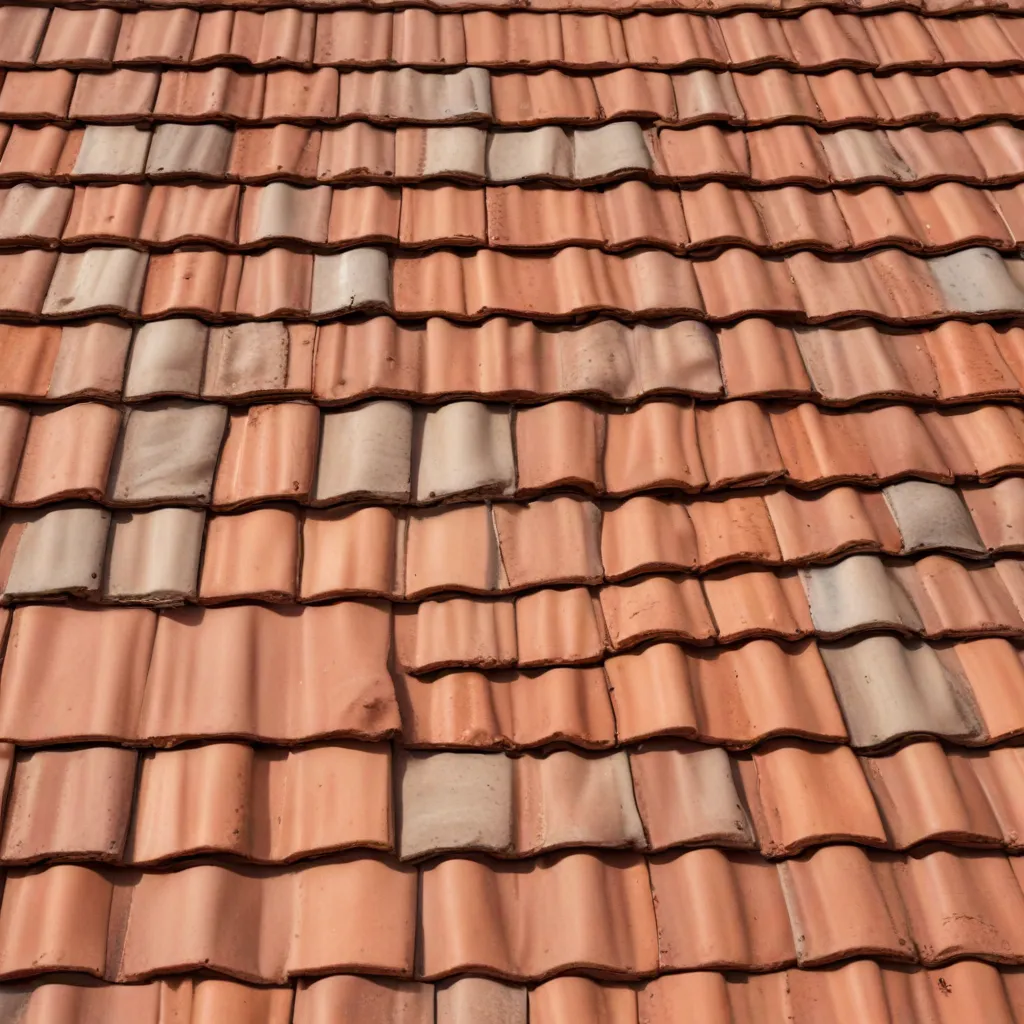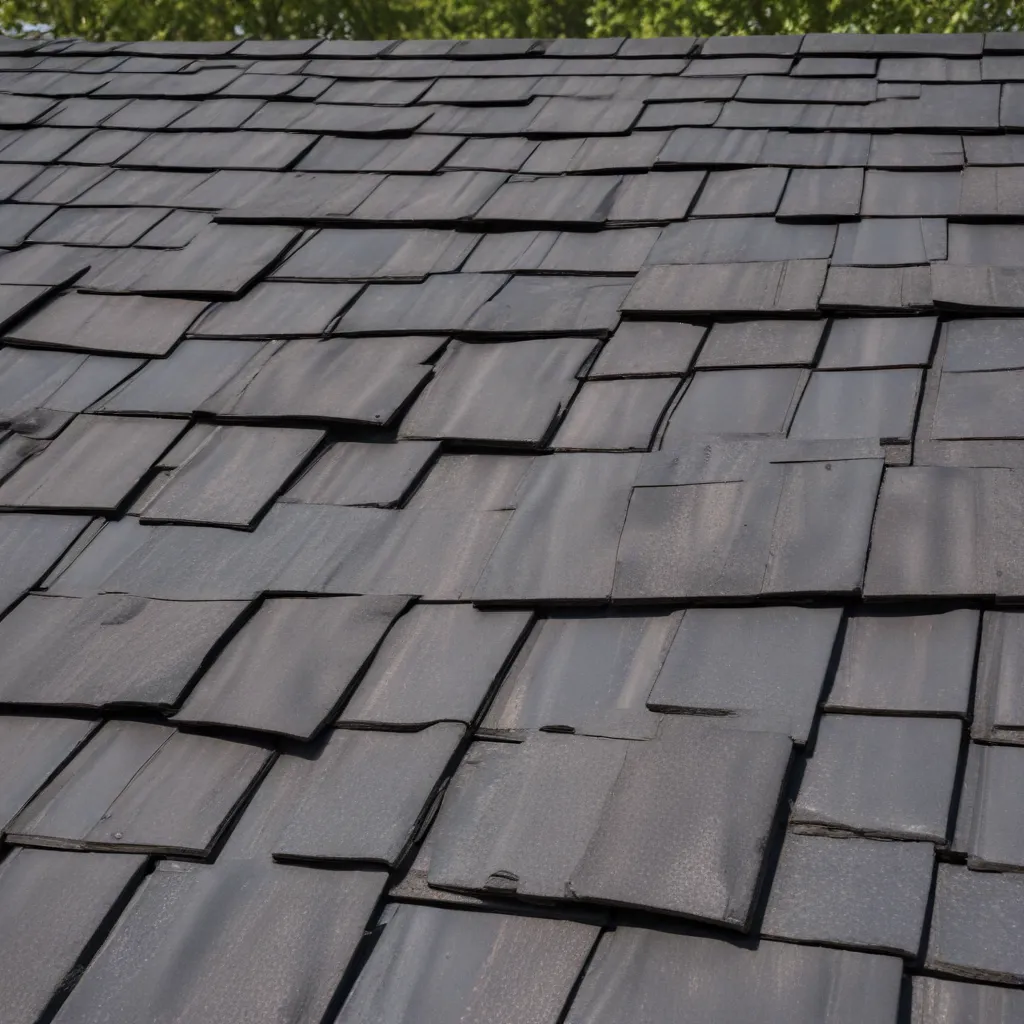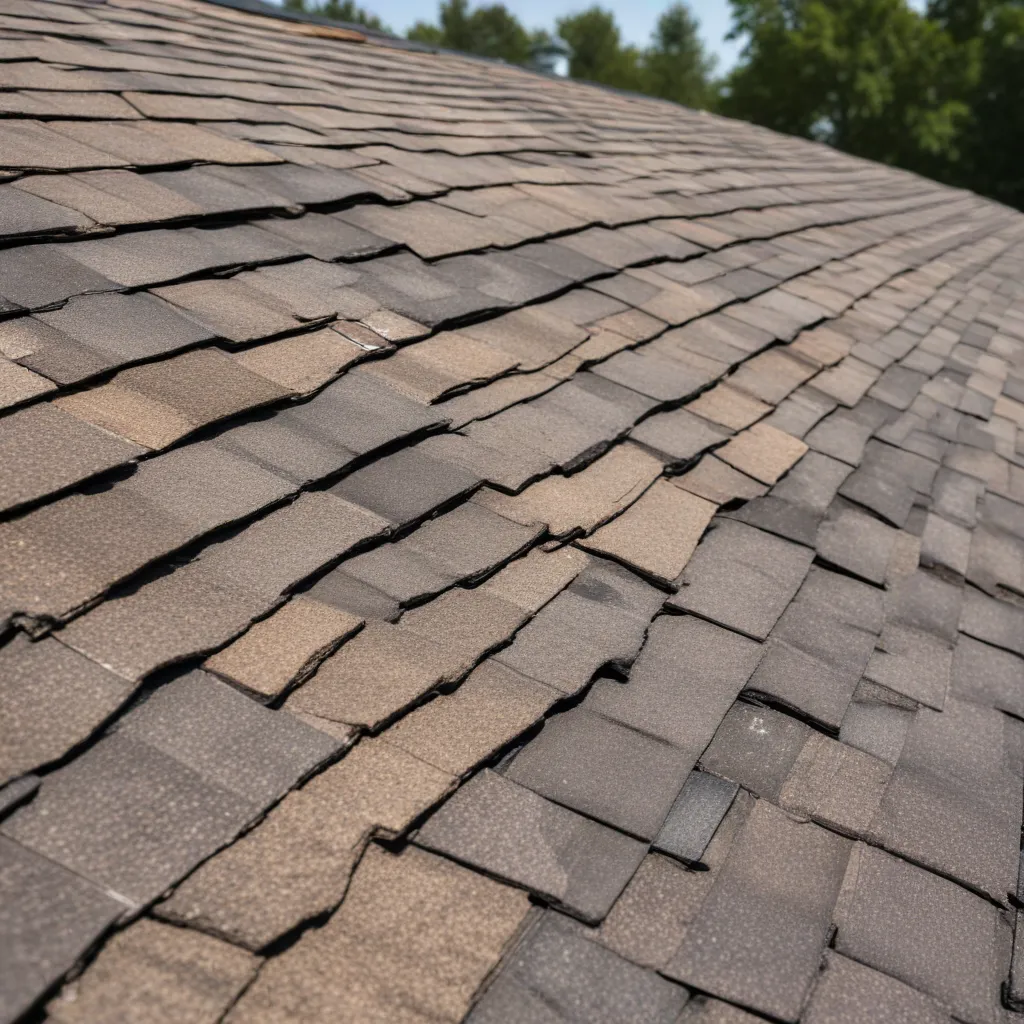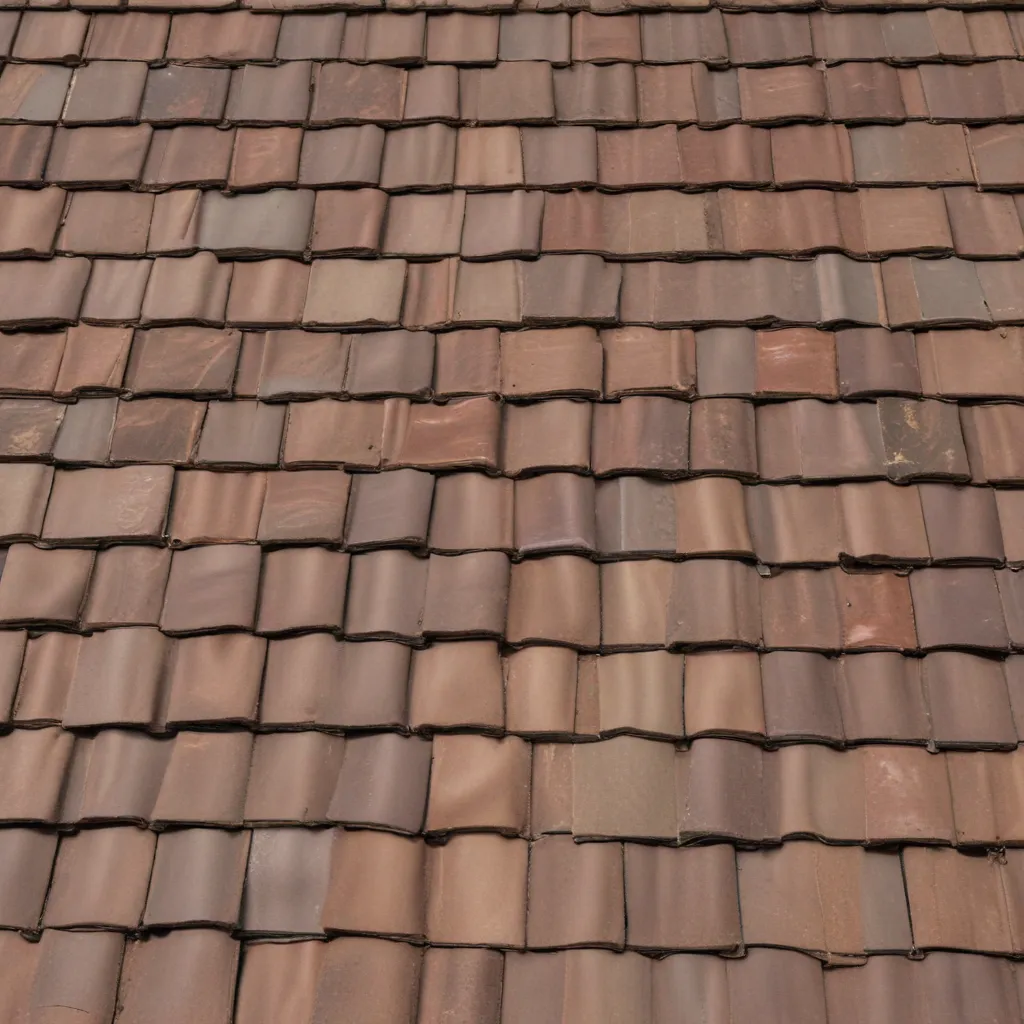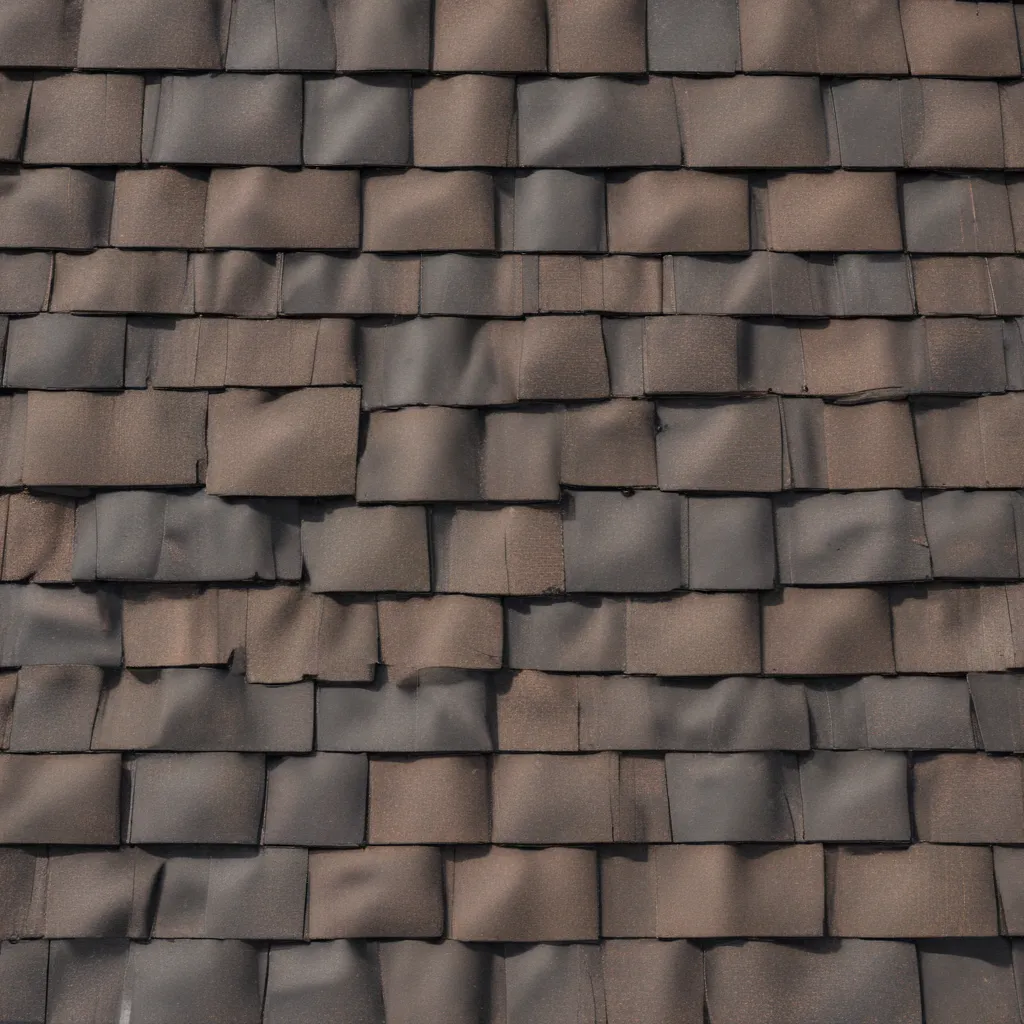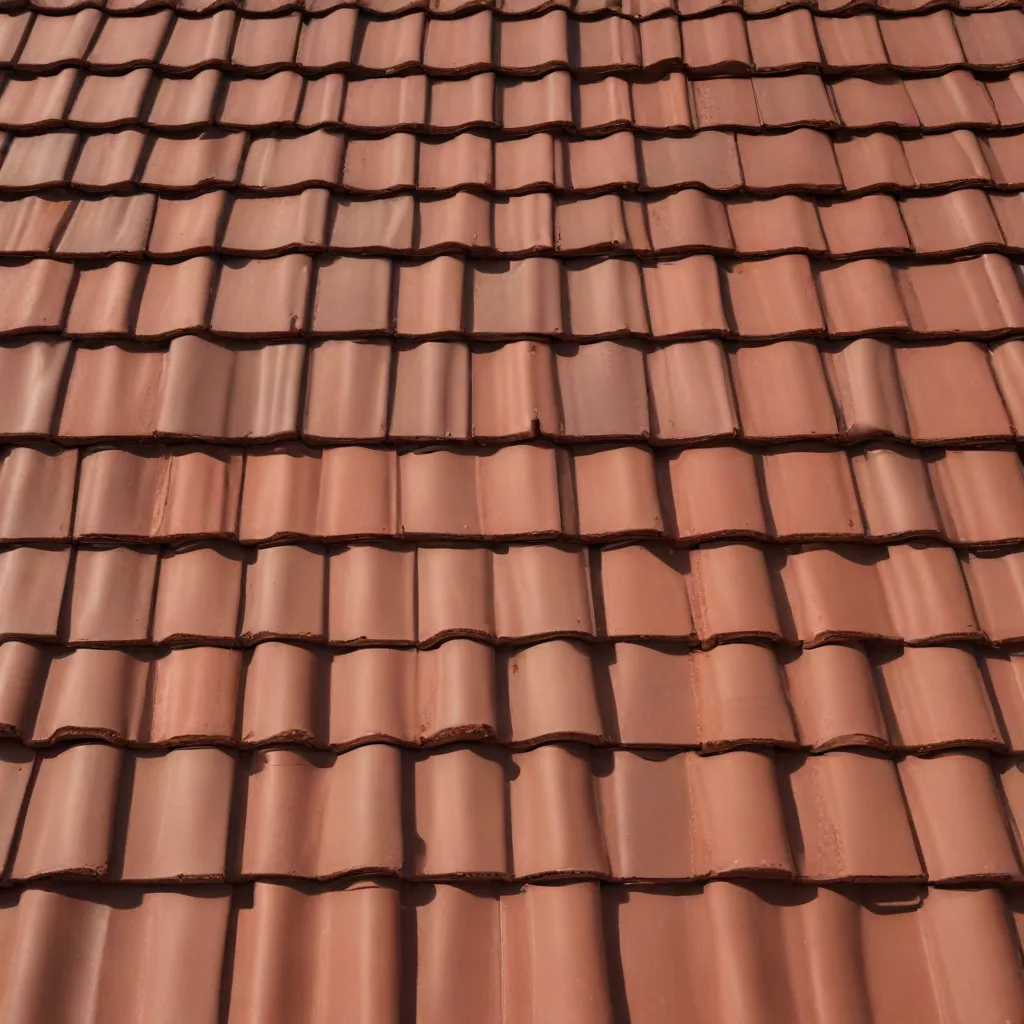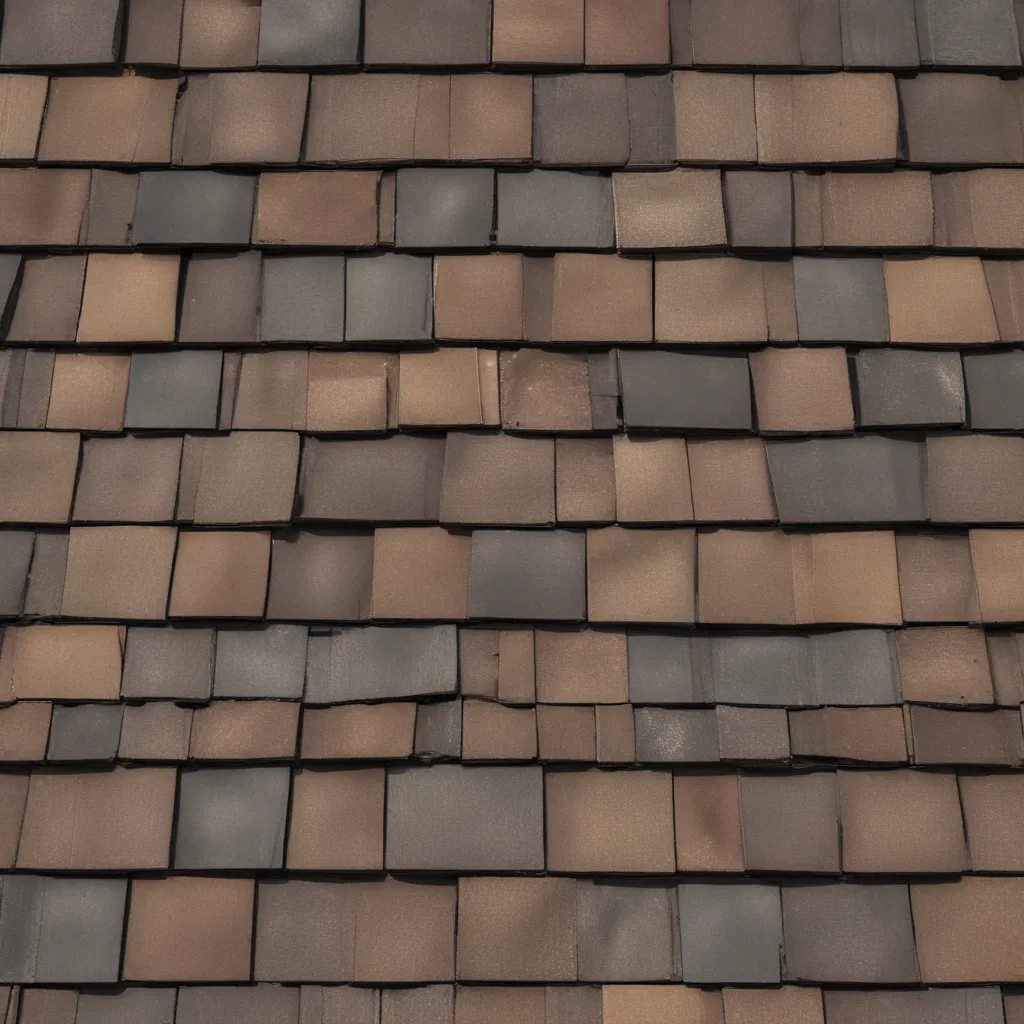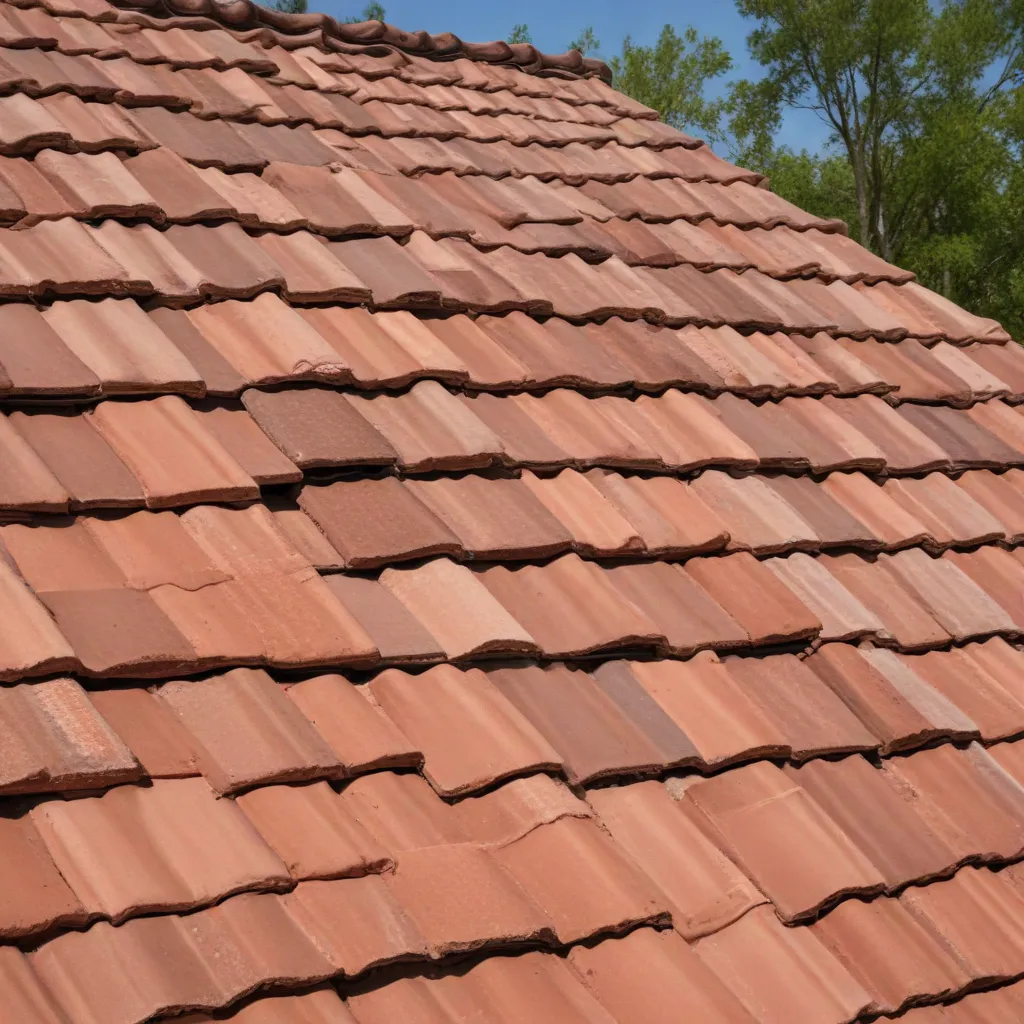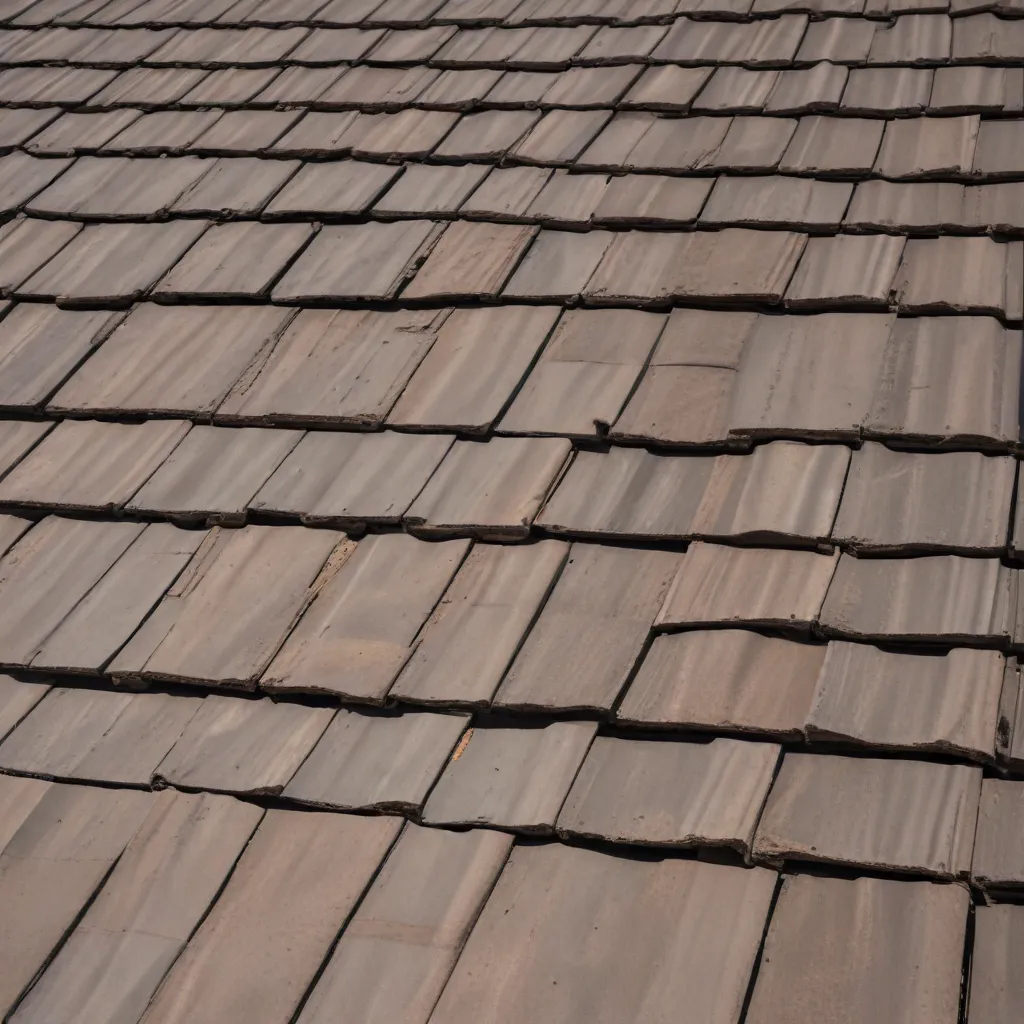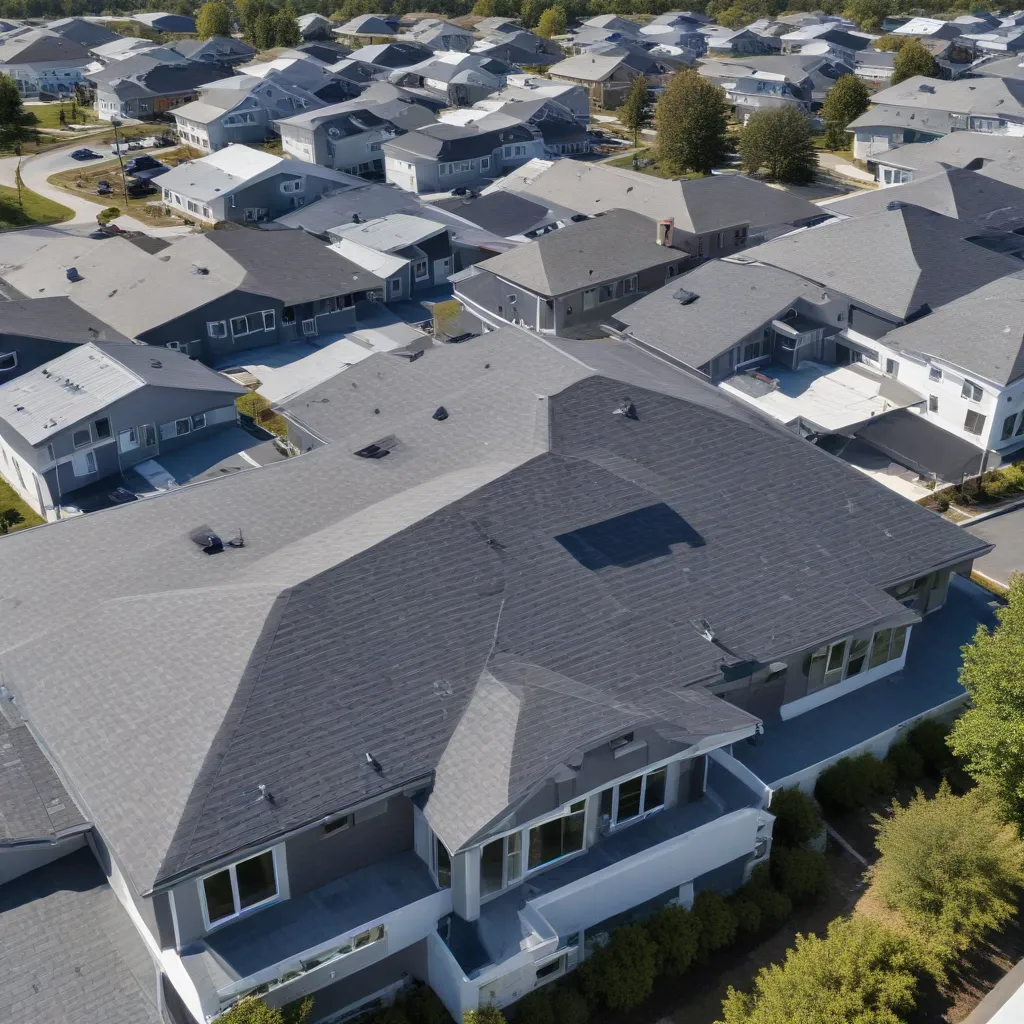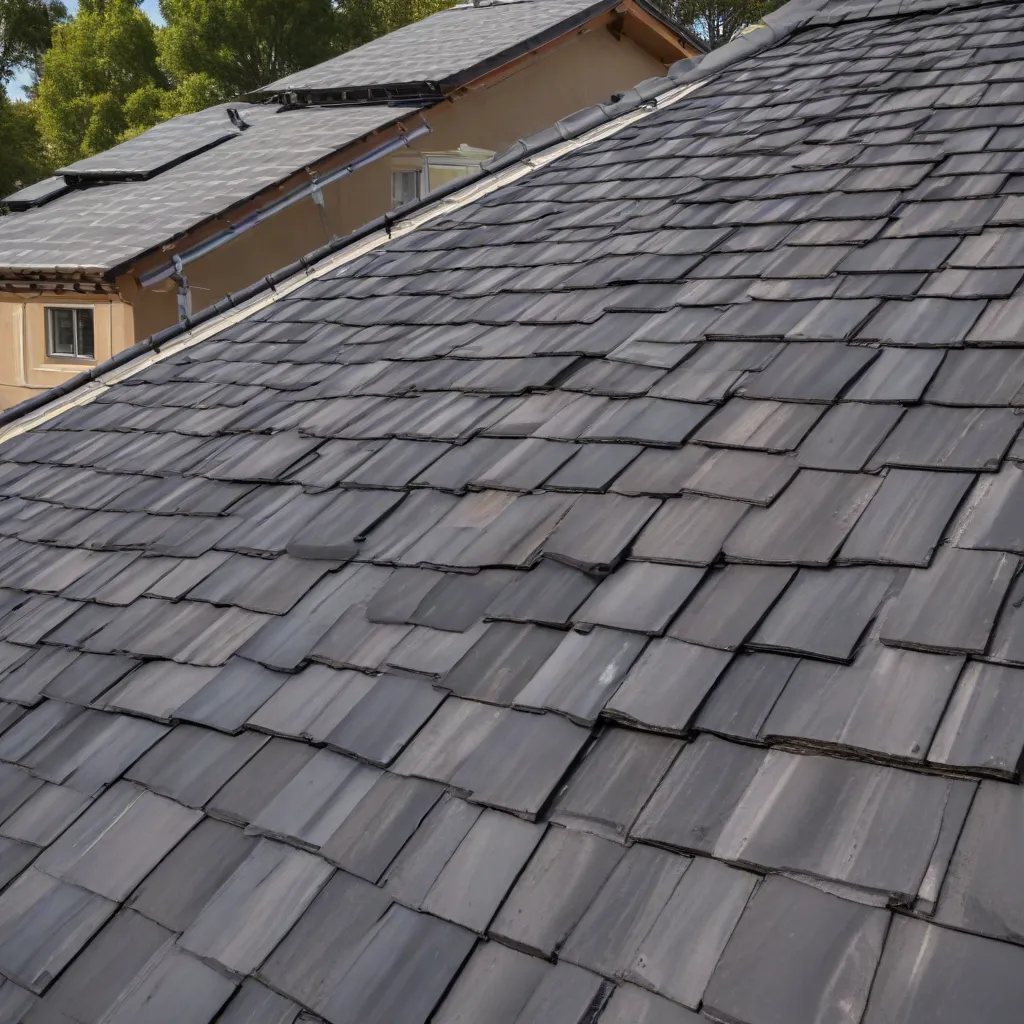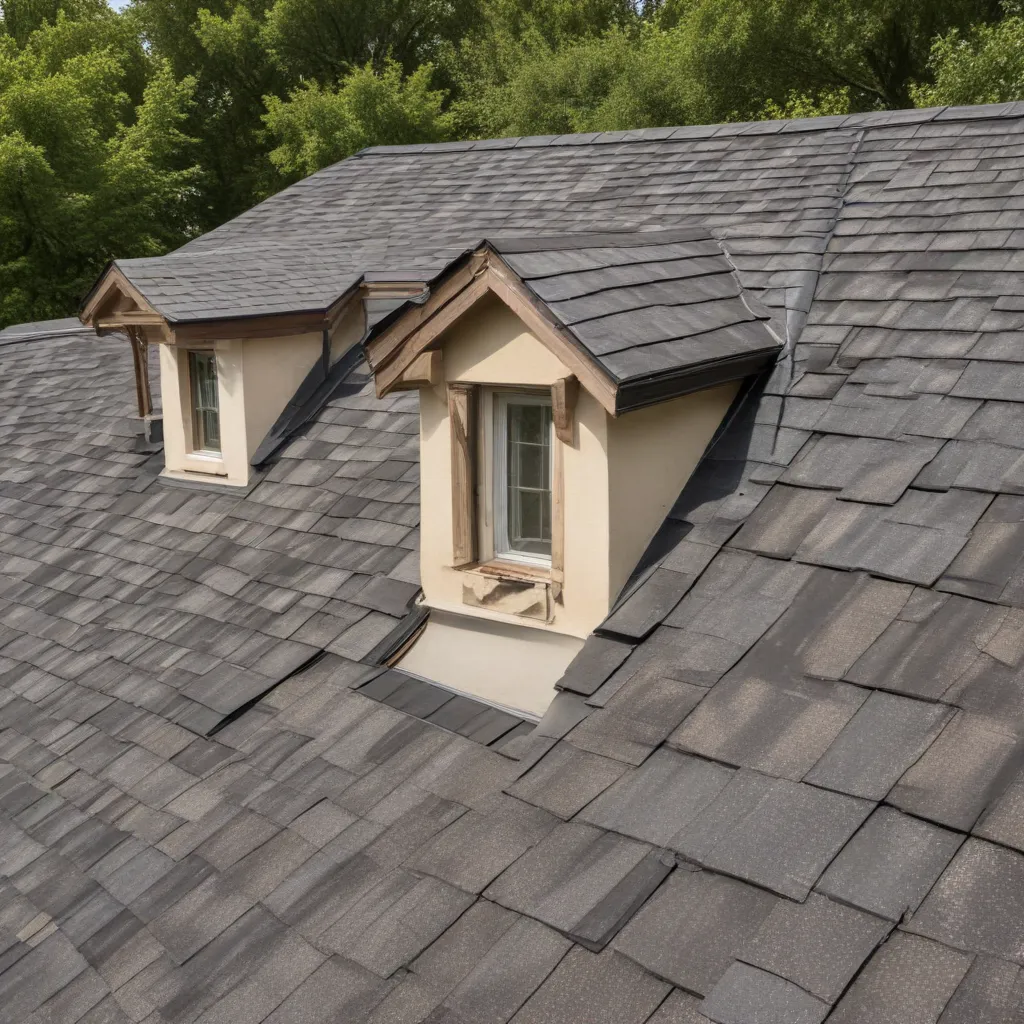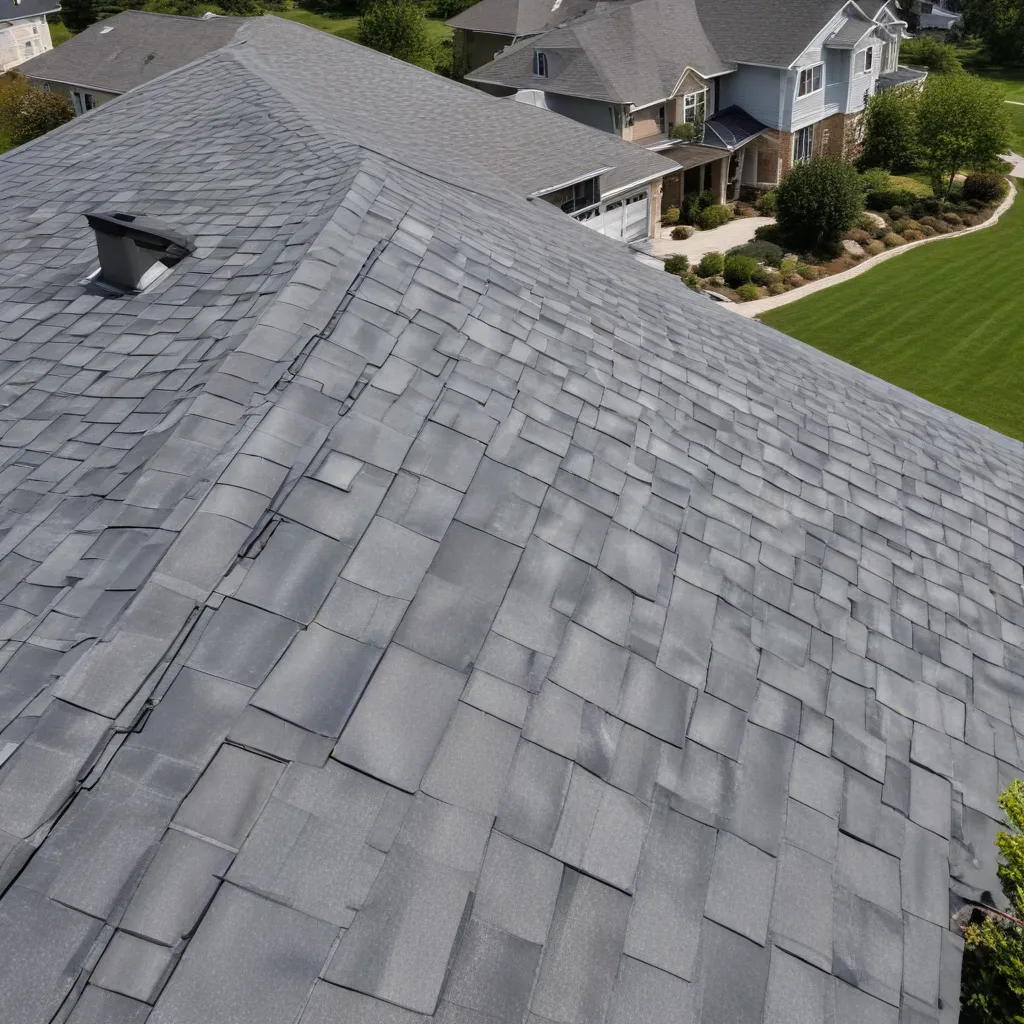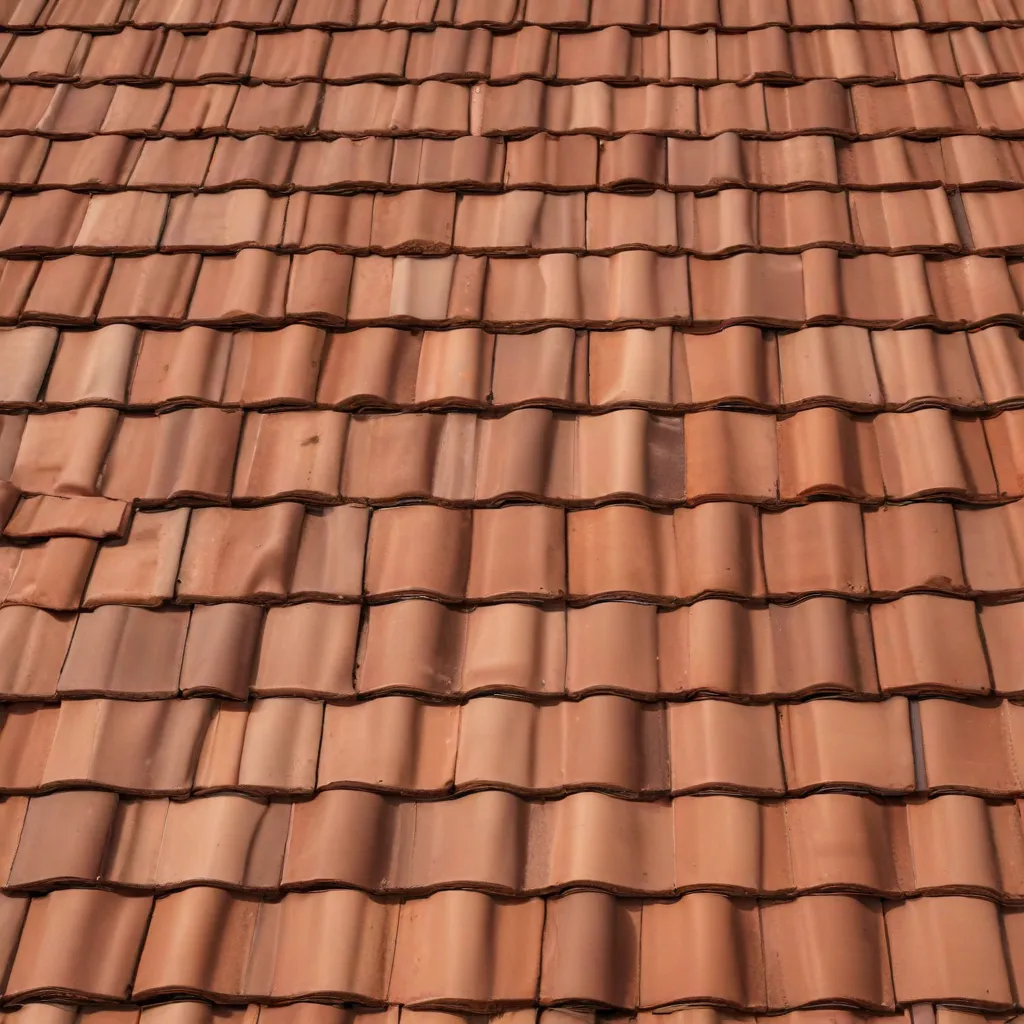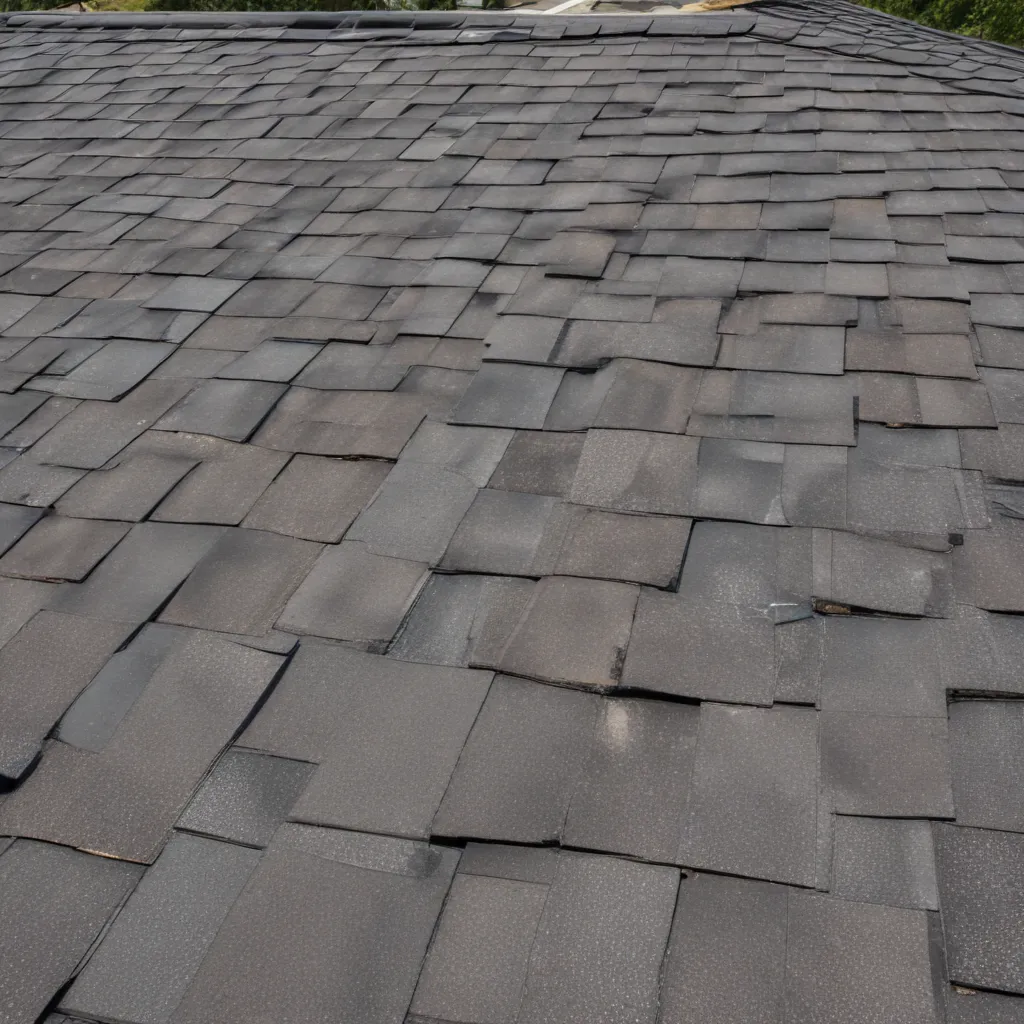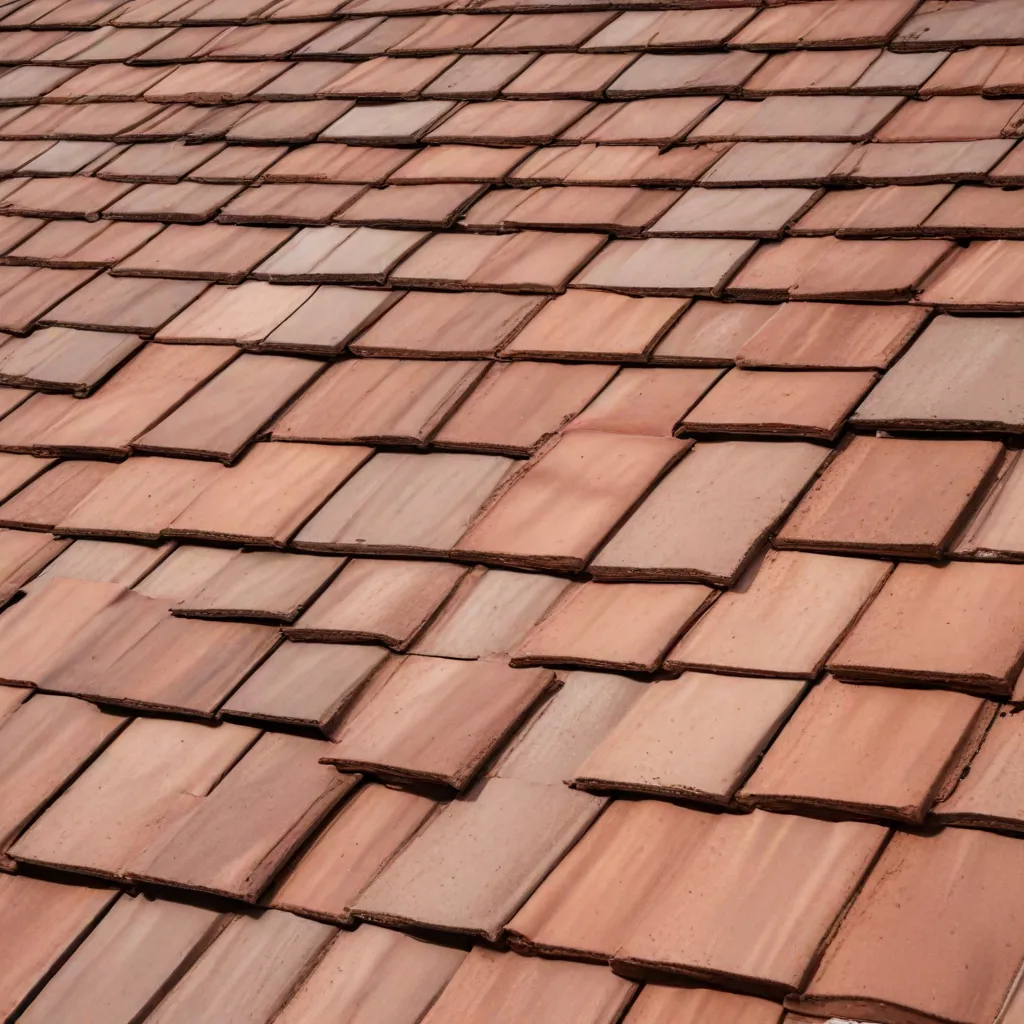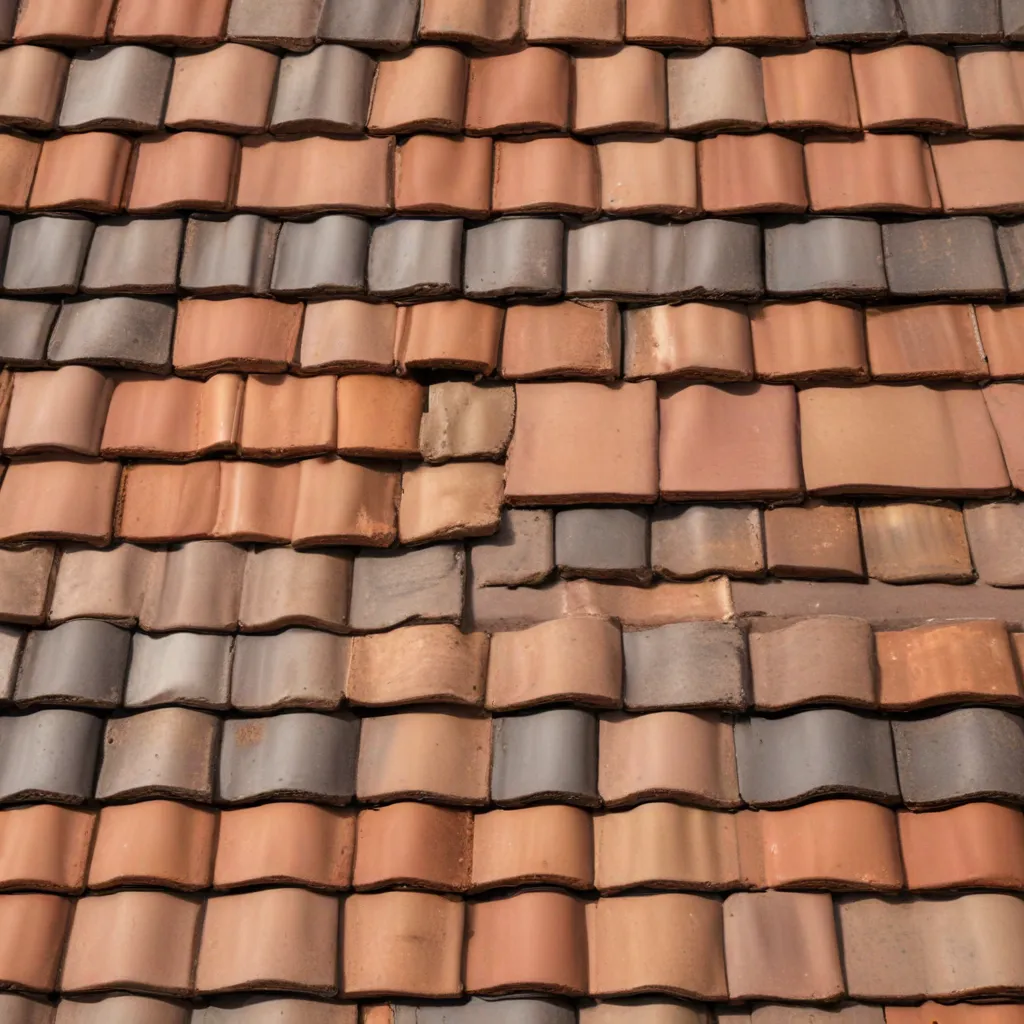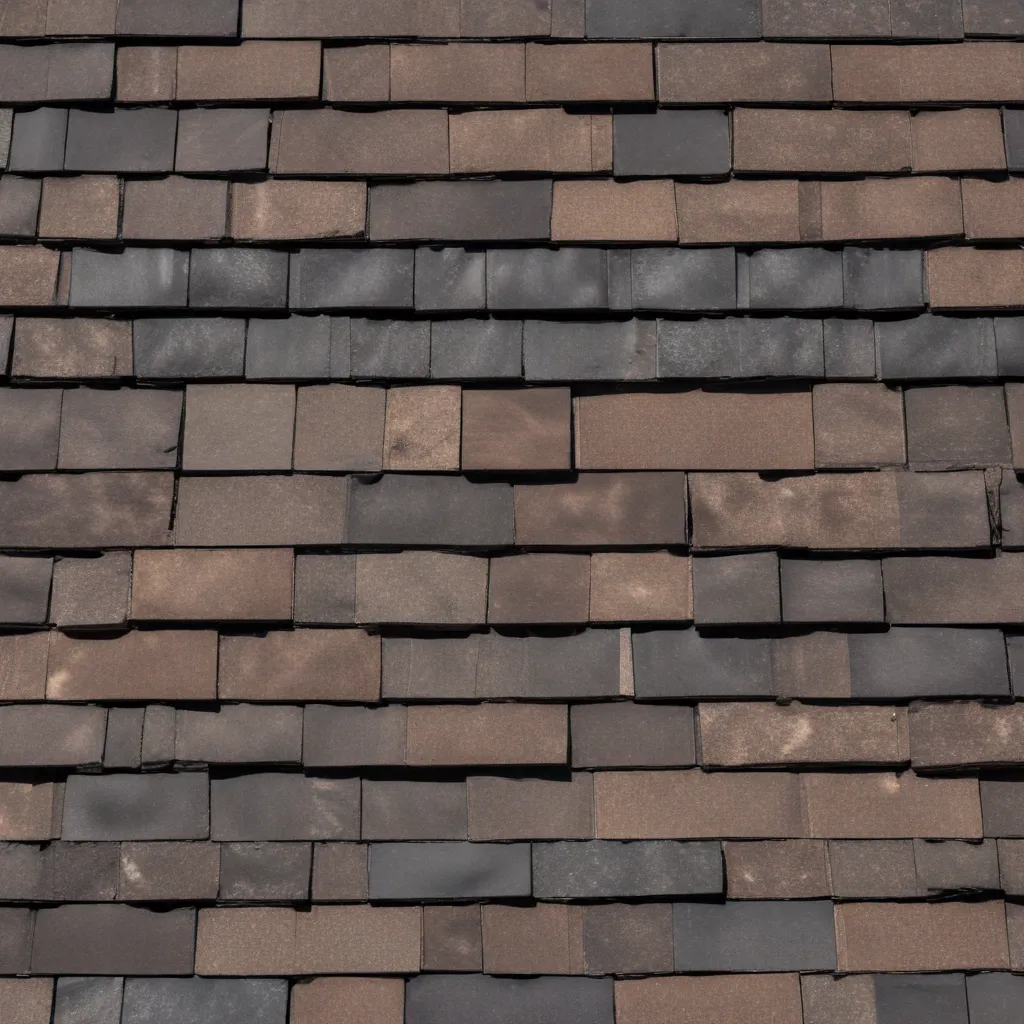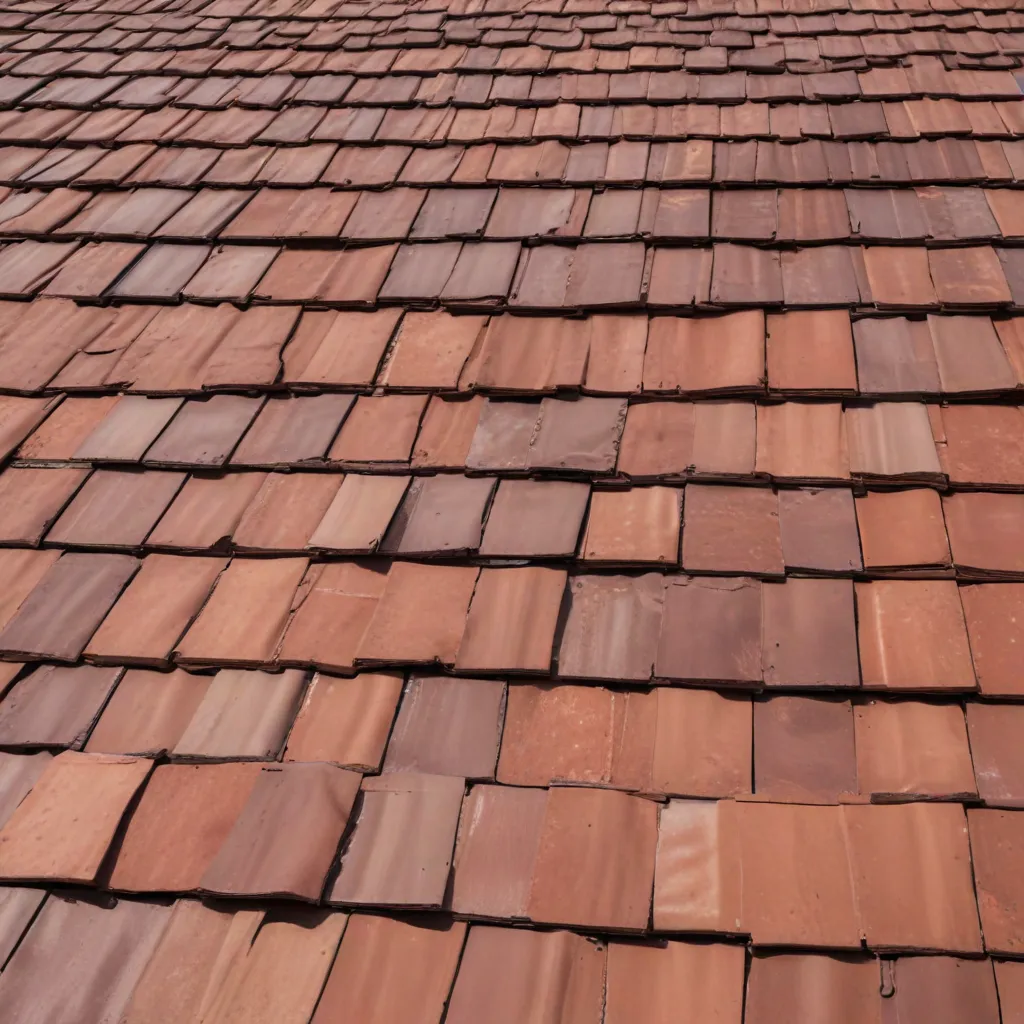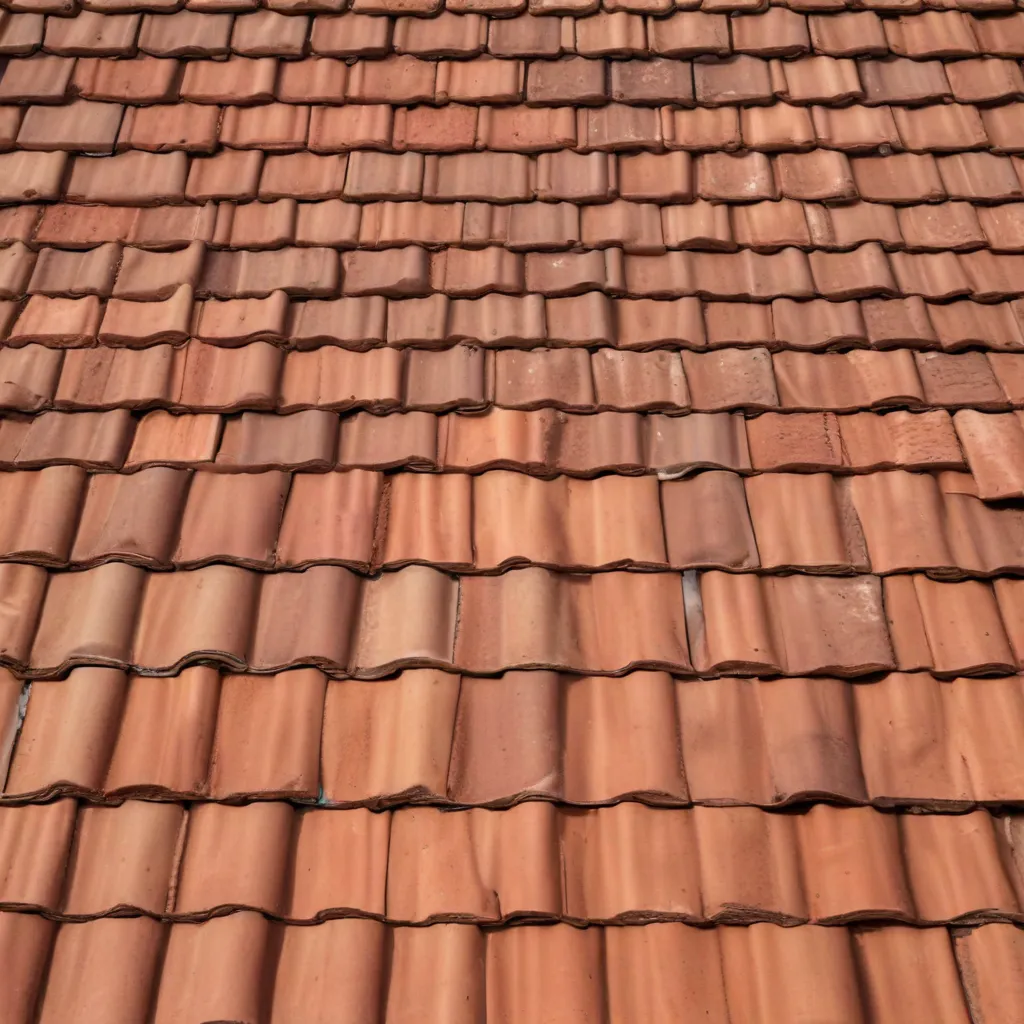
As an experienced roofing specialist, I’m excited to explore the remarkable benefits of tile roofing for both commercial and residential properties. Tile roofing has long been a beloved choice for its timeless elegance, unparalleled durability, and exceptional thermal regulation capabilities. In this comprehensive article, we’ll delve into the key advantages of tile roofing, highlighting its impact on energy efficiency, environmental sustainability, and the overall aesthetic appeal of your building.
Thermal Regulation Benefits
One of the standout features of tile roofing is its exceptional thermal performance, which plays a crucial role in maintaining comfortable indoor temperatures and reducing energy consumption.
Enhanced Insulation Properties
Tile roofing materials, such as clay and concrete, are naturally effective insulators, helping to regulate the flow of heat through the roof. This insulating capability is particularly beneficial in climates with extreme temperatures, where it can significantly reduce the strain on heating and cooling systems. The inherent thermal mass of tile roofs helps absorb and store heat, slowly releasing it over time, creating a more stable indoor environment.
Improved Energy Efficiency
The thermal regulation properties of tile roofing contribute directly to energy savings. By moderating the transfer of heat, tile roofs can significantly reduce the need for air conditioning during hot weather and minimize heat loss during colder months. This translates to lower utility bills and a more environmentally friendly carbon footprint for the building. Many homeowners and commercial property owners appreciate the long-term cost savings associated with the energy-efficient performance of tile roofing.
Temperature Moderation
Tile roofing’s ability to moderate indoor temperatures goes beyond just energy efficiency. Its thermal mass and reflective properties help create a more comfortable living or working environment, reducing the fluctuations in temperature throughout the day. This temperature moderation can enhance occupant comfort, leading to increased productivity and overall well-being in commercial settings and improved quality of life for residential homeowners.
Aesthetic Advantages
In addition to its impressive thermal regulation benefits, tile roofing is renowned for its timeless aesthetic appeal, making it a preferred choice for a wide range of architectural styles.
Diverse Design Options
Tile roofing offers a vast array of design possibilities, from the classic Mediterranean-inspired terracotta tiles to the sleek, contemporary lines of concrete tiles. This diverse selection allows property owners to seamlessly integrate their roofing system with the overall architectural style of the building, whether it’s a historic landmark or a modern commercial structure. The variety of colors, shapes, and textures available in tile roofing ensures that you can find the perfect match to enhance your property’s visual appeal.
Durability and Longevity
One of the most significant advantages of tile roofing is its exceptional durability and longevity. Properly installed tile roofs can last for 50 to 100 years or more, far exceeding the lifespan of many other roofing materials. This long-term performance translates to reduced maintenance and replacement costs over time, making tile roofing a wise investment for property owners. The inherent strength and resilience of tile roofing materials ensure that your building’s aesthetic appeal remains consistent for decades to come.
Architectural Integration
Tile roofing seamlessly integrates with a wide range of architectural styles, from traditional Mediterranean and Spanish-inspired designs to contemporary and modern layouts. The versatility of tile roofing allows it to complement and enhance the overall aesthetic of a building, whether it’s a historic mansion, a quaint mediterranean-style villa, or a sleek commercial high-rise. This harmonious integration between the roof and the building’s architecture is a key factor in the enduring popularity of tile roofing among homeowners and commercial property owners alike.
Environmental Considerations
Tile roofing is not only a beautiful and efficient choice, but it also aligns with a growing emphasis on environmental sustainability and eco-friendly building practices.
Sustainability
Tile roofing materials, such as clay and concrete, are typically composed of natural, renewable resources, making them an inherently sustainable choice. Additionally, the exceptional longevity of tile roofing means that fewer roofing materials end up in landfills over time, reducing the environmental impact associated with frequent roof replacements.
Recyclability
Many tile roofing systems are designed with the end of their lifespan in mind. When the time comes to replace a tile roof, the used tiles can often be recycled or repurposed, further enhancing the sustainable credentials of this roofing option.
Eco-Friendly Materials
The production of tile roofing materials, such as clay and concrete, generally involves lower levels of energy consumption and greenhouse gas emissions compared to some other roofing options. This eco-friendly manufacturing process contributes to the overall environmental impact of tile roofing, making it an attractive choice for property owners who prioritize sustainability.
Climate Adaptability
Tile roofing’s thermal regulation capabilities make it particularly well-suited for properties in diverse climates, allowing it to effectively manage both hot and cold conditions.
Heat Reflection
The inherent reflective properties of tile roofing materials help to reduce the amount of solar heat absorbed by the roof, which is especially beneficial in warm, sunny climates. This heat reflection can help lower the overall cooling load on a building, resulting in additional energy savings and a reduced carbon footprint.
Moisture Management
In regions with heavy rainfall or high humidity, tile roofing’s ability to shed water efficiently and prevent moisture buildup is a significant advantage. The unique design and installation techniques of tile roofs ensure proper ventilation and drainage, minimizing the risk of water damage and mold growth, which can be common issues with other roofing materials.
Maintenance and Lifespan
The longevity and low maintenance requirements of tile roofing make it a highly practical and cost-effective choice for property owners.
Durability and Longevity
As mentioned earlier, properly installed tile roofs can last for 50 to 100 years or more, far surpassing the lifespan of many other roofing materials. This exceptional durability is a result of the inherent strength and weather-resistance of tile roofing materials, as well as the expertise of professional installers.
Resistance to Weathering
Tile roofing is highly resistant to the elements, including heavy rain, hail, high winds, and even severe storms. The tiles themselves are designed to withstand these weather conditions, ensuring that your roof remains intact and protective for decades.
Low Maintenance Requirements
Compared to other roofing options, tile roofing requires relatively low maintenance. Routine inspections and the occasional cleaning or debris removal are often all that’s needed to keep a tile roof in top condition. This reduced maintenance burden translates to cost savings over time, as property owners can avoid the frequent and often costly repairs associated with some other roofing materials.
Repair and Replacement
While tile roofing is renowned for its longevity, there may come a time when individual tiles need to be repaired or replaced. Fortunately, this process is typically straightforward and cost-effective, especially when undertaken by experienced roofing professionals.
Tile Replacement Procedures
If a tile is damaged or dislodged, it can be easily replaced without the need to replace the entire roof. Roofing experts can quickly identify the affected tiles and swap them out, ensuring the structural integrity and aesthetic cohesion of the roof is maintained.
Cost-Effective Maintenance
The ability to selectively replace individual tiles, rather than the entire roof, helps to keep the overall maintenance and repair costs manageable for property owners. This targeted approach to tile roof maintenance can be a significant advantage, particularly when compared to the more extensive and costly repairs often required for other roofing systems.
Market Trends and Adoption
Tile roofing has long been a popular choice, and its appeal continues to grow, driven by both residential and commercial property owners seeking superior roofing solutions.
Popularity and Demand
Tile roofing remains a highly sought-after option, particularly in regions with warmer climates and distinct architectural styles. Homeowners and commercial property owners alike are drawn to the timeless beauty, exceptional durability, and energy-efficient performance that tile roofing provides.
Residential Applications
In the residential market, tile roofing is a preferred choice for homeowners who value the combination of aesthetic appeal and practical benefits. The versatility of tile roofing allows it to seamlessly integrate with a wide range of architectural styles, from traditional Mediterranean-inspired designs to contemporary modern homes.
Commercial Applications
The advantages of tile roofing extend beyond the residential sector, making it a popular choice for commercial buildings as well. Commercial property owners appreciate the long-term cost savings, fire resistance, and low maintenance requirements that tile roofing offers, all while enhancing the overall aesthetic of their buildings.
Industry Innovations
The tile roofing industry is continuously evolving, with manufacturers and installers introducing new technologies and systems to improve performance and expand design possibilities.
Technological Advancements
Advances in materials science, production processes, and installation methods have led to the development of more durable, energy-efficient, and visually appealing tile roofing options. These innovations help to further solidify the position of tile roofing as a leading choice for both residential and commercial properties.
Emerging Tile Roofing Systems
In addition to traditional clay and concrete tiles, the market is now seeing the emergence of innovative tile roofing systems that incorporate composite materials or advanced coatings. These new products offer enhanced thermal performance, improved durability, and expanded design flexibility, catering to the evolving preferences of today’s property owners.
As an experienced roofing specialist, I’m excited to see the continued evolution and adoption of tile roofing, as it offers a unique blend of unparalleled thermal regulation, exceptional aesthetic appeal, and long-term cost-effectiveness. Whether you’re a homeowner or a commercial property owner, tile roofing is a remarkable choice that can elevate the overall value and sustainability of your building. If you’re interested in exploring the possibilities of tile roofing for your property, I encourage you to reach out to the team at Genuine Roof Systems to learn more about the latest innovations and to receive a personalized consultation.

